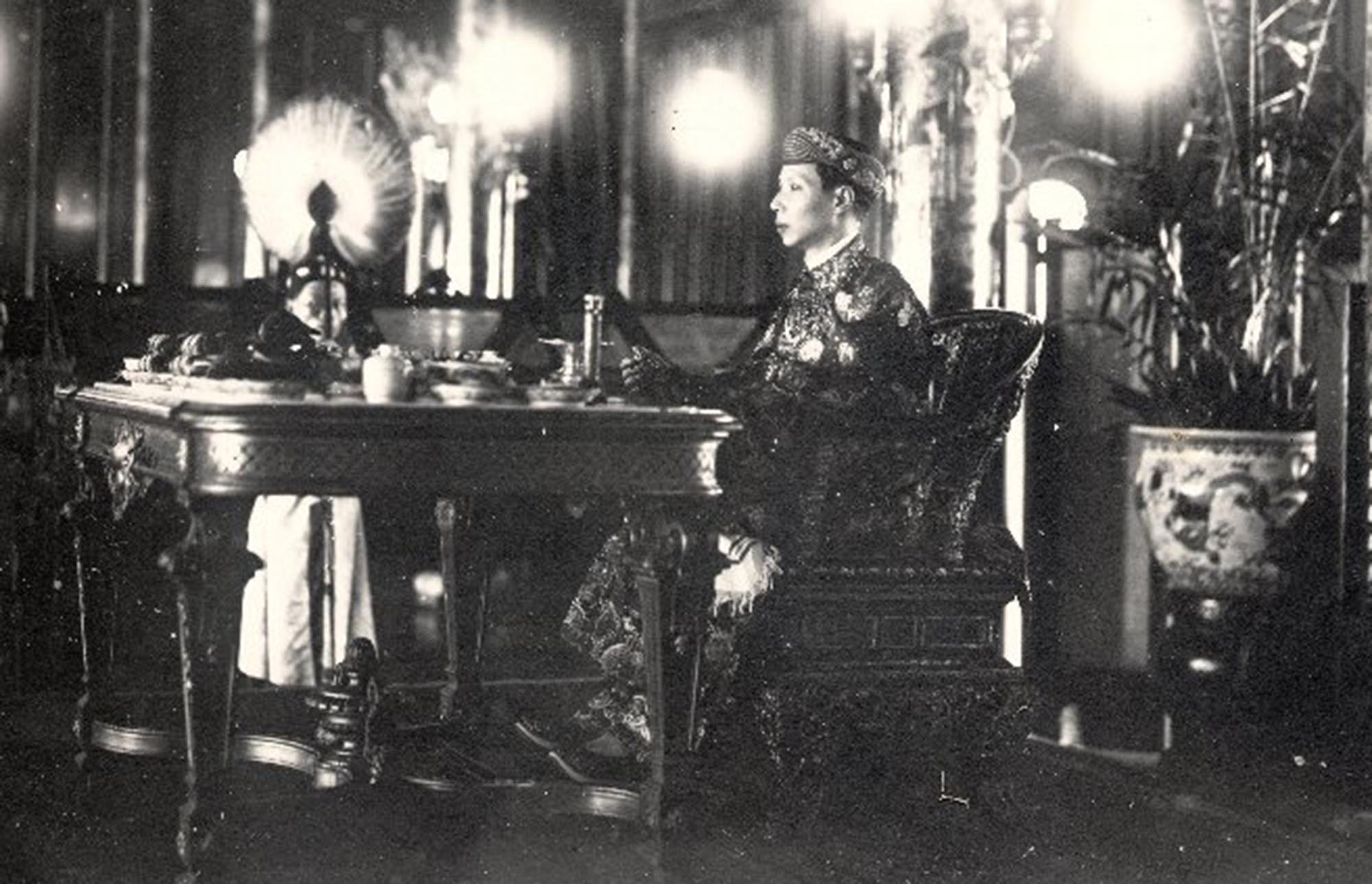
Emperor Khải Định (ruled 1916-1925)
Our host, His Majesty Khaï-Dinh, Emperor of Annam, has on several occasions shown himself to be an Asian sovereign who knows how to appreciate European customs.
At the time of his reception at the Hôtel de Ville, when he was obliged to sign the registers of honour, the Emperor, before taking his calligraphy brush as is customary in his own country, wanted first to sign in European style, with a pen. What an amiable tribute to our traditions! Even before landing in Europe, His Majesty Khaï-Dinh had informed the Ministry of Colonies that during his stay in France he “would be delighted to get to know the true French cuisine, and that there was no need to prepare Annamite dishes for him.”
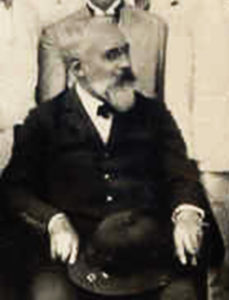
Pierre Pasquier, one of the organisers of Khải Định’s visit to France
To avoid any hindrance, the emperor left his own chef de cuisine in Hue. It is known that Annamite menus are generally composed of fish prepared in various ways, with rice and sweet dishes.
Until they reached Marseilles, His Majesty and his suite relied on the care of a voluntary cook in his entourage to prepare only Annamite dishes.
But that experiment seems to have been conclusive enough for the Emperor to decide that, once he had arrived in France, only French cuisine would be eaten.
Would this complete change of regime please or displease His Majesty and his followers? It was curious to know, for one does not change one’s culinary habits overnight without being somewhat confused.
Let us say immediately that French cuisine has won, yet again, a brilliant victory. At the Ministry of Colonies, the good offices of a retired cordon bleu chef were called in: Mme Angèle, who made it her duty to let the Annamite sovereign taste her cuisine, both homely and refined, a quality which has assured the supremacy of our chefs throughout the world.
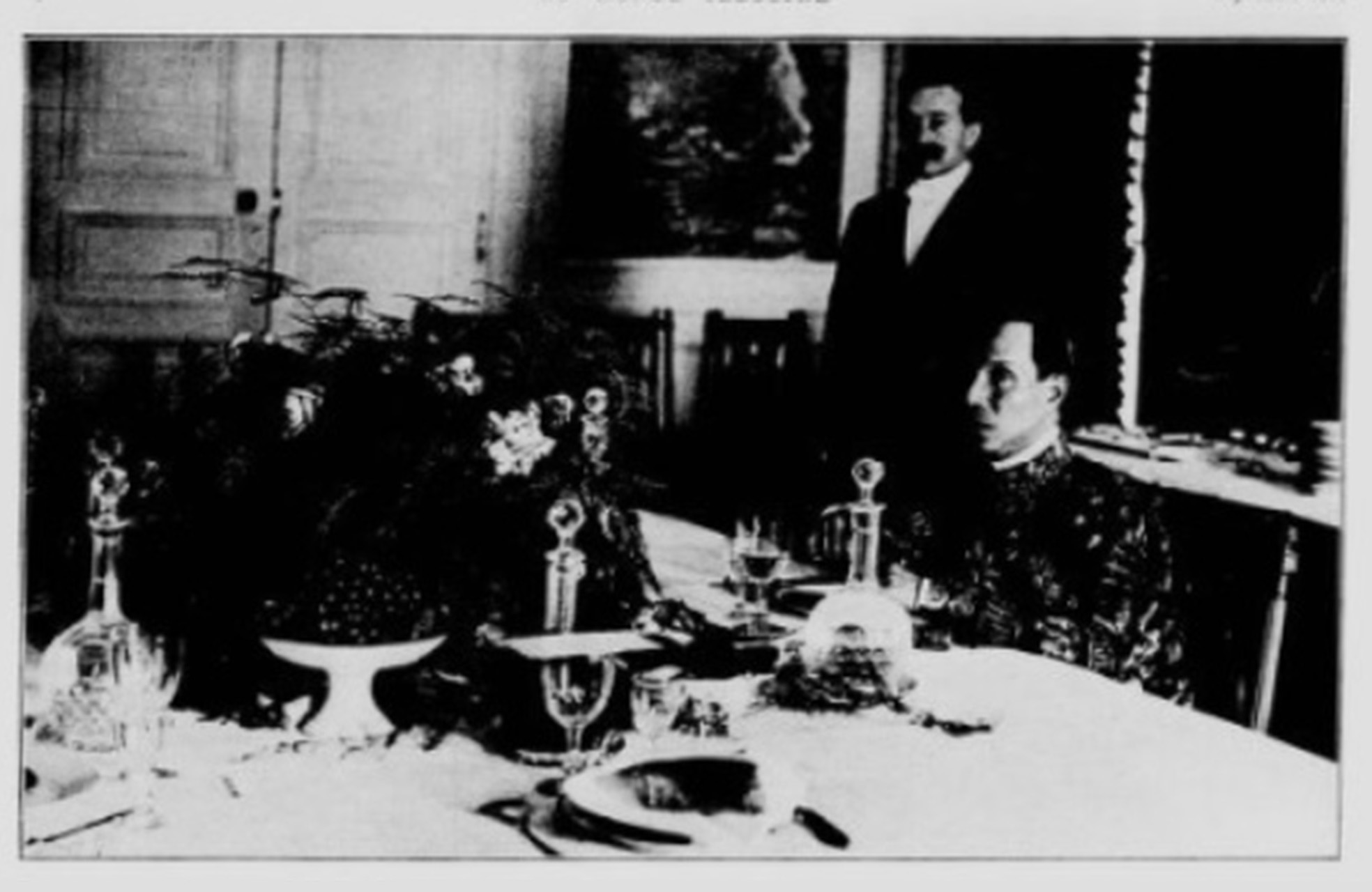
“Renouncing the dishes of his country, His Majesty Khaï-Dinh, during his stay in Paris, honoured our national cuisine. Here we see the Emperor in the dining room of the Ministry of Colonies, savouring a menu prepared in the French style”
We have before us the first two menus which were served to His Majesty, and we transcribe them faithfully:
First menu:
Smoked salmon
Buttered radish
Niochi
Leg of lamb with asparagus tips
York ham
Salad
Green beans
Savarins, candied fruits
Cherries, peaches, pastries
Second menu:
Soup
American lobster
Duck with peas
Gigot salad
Strawberry ice cream
Peaches, bananas.
We can confirm that His Majesty Khaï-Dinh highly appreciated the flavour of the dishes served to him, even the duck with peas. The sovereign declared himself delighted with the menu and the excellence of the wines, and he did not feel the desire to change his regime.
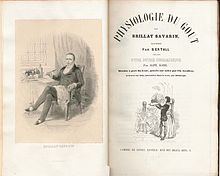
Cordon bleu chef Mme Angèle “made Emperor Khải Định appreciate the science of Brillat-Savarin”
The upshot of this story is that the boxes of rice which His Majesty had brought with him, as a measure of foresight, are still intact, and that no one is thinking of opening them for the moment.
In the monarch’s entourage, this French-style diet did not seem displeasing, and if there is some old servant who secretly misses his national fish and rice, he would not turn his nose up at the cuisine of Mme Angèle.
The chef of the Ministry of the Colonies has every reason to be satisfied with this victory over the palates of our guests.
Let us also congratulate the Minister of Colonies, M. Sarraut, and the eminent Résident Supérieur of Annam, M. Pasquier, who have regulated with so much genuine elegance and pertinence all the arrangements for the Emperor’s stay amongst us. In this way, His Majesty Khaï-Dinh will be able to see that our country is not only the cradle of civilisation and progress, a country of affable diplomats and luminous festivals, but also the last refuge of gourmets, since our cuisine has the symbolic privilege of disconcerting no palate and quickly conquering all those who taste it.
Raoul Viterbo
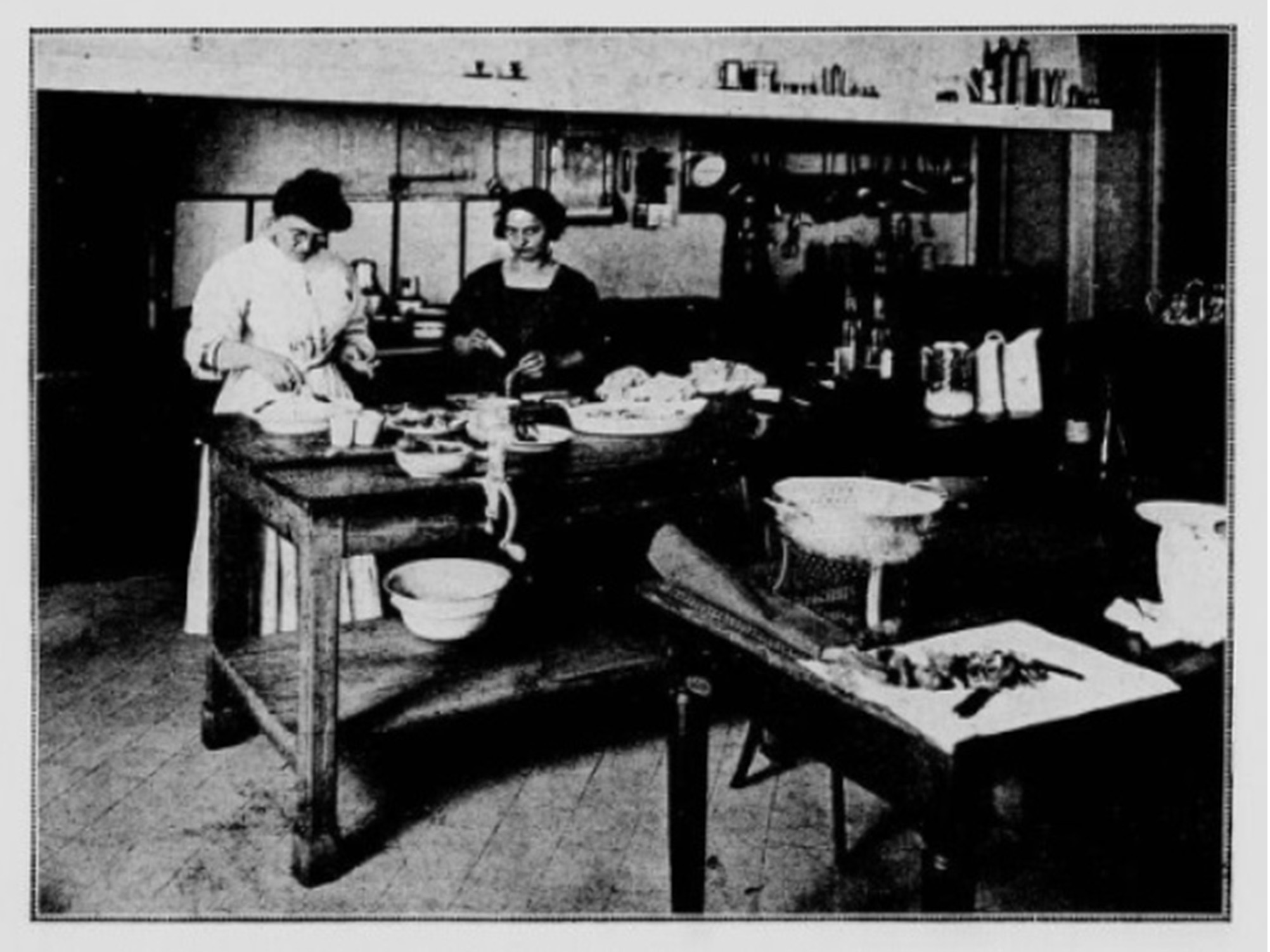
“The lady who makes our Imperial guest appreciate the science of Brillat-Savarin: Mme Angèle, the great cordon bleu chef of the Ministry of Colonies”
Tim Doling is the author of the guidebook Exploring Huế (Nhà Xuất Bản Thế Giới, Hà Nội, 2018).
A full index of all Tim’s blog articles since November 2013 is now available here.
Join the Facebook group page Huế Then & Now to see historic photographs juxtaposed with new ones taken in the same locations, and Đài Quan sát Di sản Sài Gòn – Saigon Heritage Observatory for up-to-date information on conservation issues in Saigon and Chợ Lớn.

